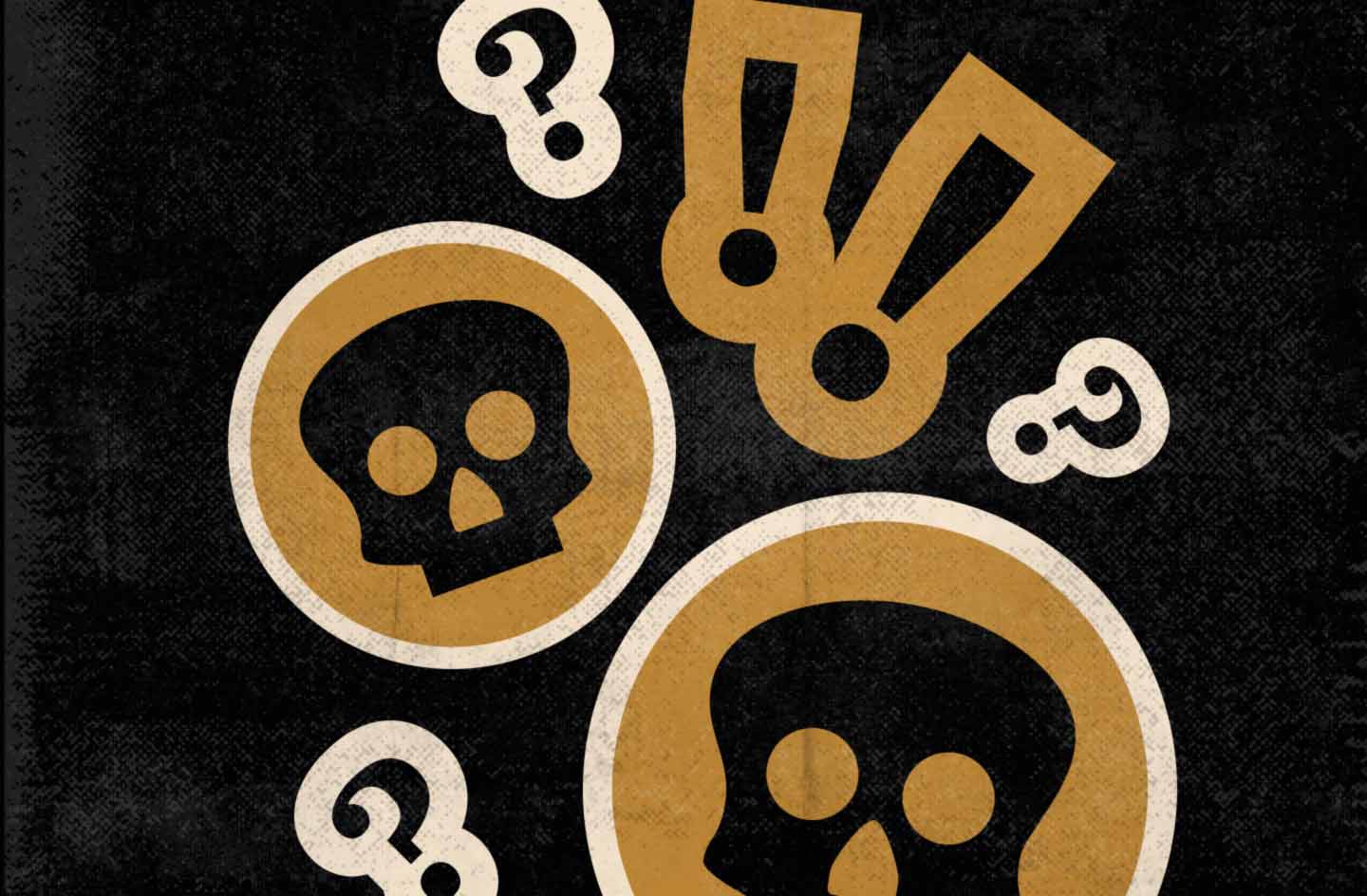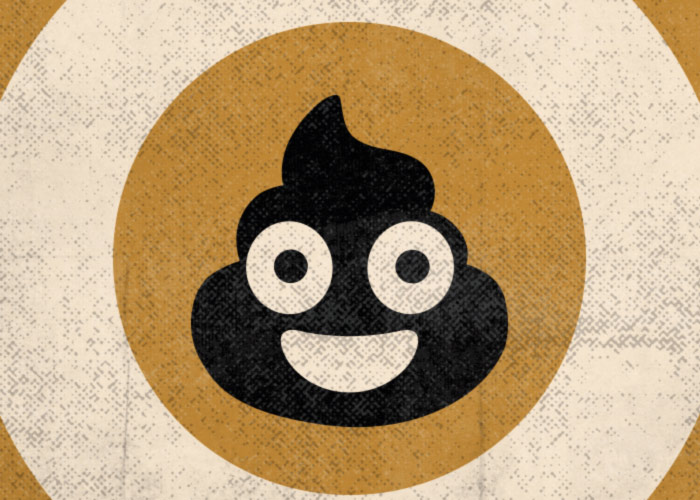According to CoinMarketCap, as of April 6, 2023, there are over 23,000 different cryptocurrencies. More than 70% of them aren’t even worth $0.01. Yet, large centralized crypto exchanges (CEX) like Binance or Coinbase support no more than 300-500 popular digital currencies. Therefore, most of the coins in the market are either traded on decentralized cryptocurrency exchanges (DEX) or have no value at all for investors and traders. These kinds of tokens are labeled as shitcoins.
Let’s examine what coins can be called shitcoins, what their value is, and whether they are worth investing in.
What Coins Can Be Considered Shitcoins?

Basically, shitcoins are those with no specific purpose or prospect, and their value isn’t secured by anything. However, things are far from clear-cut. For example, Bitcoin fans believe that all altcoins are in fact shitcoins, while other “experts” consider all cryptocurrencies not included in the top 10, top 50, or top 100 coins on exchanges to be “worthless.” All in all, everything is quite subjective.
The category of shitcoins often includes quite interesting coins which simply couldn’t get a high rating in the community due to insufficient funding, ineffective marketing strategies, or regulatory bans.
Shitcoins are often referred to as meme cryptocurrencies, mostly because of their “joke” nature. But SHIB, for example, is one of the top 20 largest cryptocurrencies by market cap, with a huge community and an actively developing ecosystem, even though its price is only one-hundredth of a dollar. Therefore, calling popular meme cryptocurrencies shitcoins isn’t exactly correct, although most of their fellows really are.
To recap, shitcoins are usually coins that:
- have low liquidity and low trading volume;
- lack practical and technological value;
- are worth less than $0.01;
- generate fake hype around themselves;
- aren’t listed on CEXs and traded only on DEXs and dubious platforms;
- have no clear data about an issuer or creators.
It’s worth noting that the list of criteria can be much longer, and coins that fall under all parameters may end up not being shitcoins.
How to Detect Scam Coins Among Shitcoins?

Most often, shitcoins are created by scammers looking to cash in on inexperienced users of the crypto market or gambling traders. By the way, crypto users who believe in the prospects of shitcoins without trying to understand their real value also earned a pejorative name — a degen. It’s easy to guess what word this abbreviation is from.
Typically, fraudsters create shitcoins and add the ability to buy them for other cryptocurrencies on DEXs. Sometimes they even create separate smart contracts and trading platforms for the “asset.” Such tokens are usually packaged as an innovative project with the expectation that they’ll soon be listed on exchanges. Information hype is created around the shitcoin, it’s advertised and promoted with the help of social networks and celebrities. After attracting investors, all coins, which are in the hands of the creators, are abruptly “dumped.” Users who have invested are left with a depreciated asset in their wallet that no one else in the market needs.
This is essentially a Pump and Dump scheme, but scammers can create multi-level and complex systems to drain investors’ money. The more actively the crypto market develops, the more ingenious are those who plan to profit from users using shitcoins.
To avoid becoming a degen and to recognize the true nature of shitcoins in time, pay attention to the following aspects:
- The project’s white paper. If the document is an almost identical copy of another known project, or written using ultra-complex technical language that is impossible to understand, or the white paper simply doesn’t exist — this project is 100% likely to be a scam.
- The developers’ identities. If the project team hides its members’ real names, there’s probably a good reason for it — they want to stay in the shadows when the project is shut down. Let’s admit that it’s unlikely that there’ll be another Satoshi Nakamoto in the crypto market.
- The project’s website. If the new project’s web page lacks any originality, uses a standard or cheap design, and is registered on a free domain, you should think carefully about whether or not to invest in such a project if the creators are in no hurry to do so.
- The roadmap. If the project offers thousands of benefits but doesn’t specify any in particular, or how these results will be achieved, or if the roadmap has no clear structure or is absent altogether, the project is unlikely to have any development prospects in the future.
- Social media. If the project is weak on social networks and there’s no support from the community, the token won’t be able to gain widespread popularity because no one will know about it, which means its price won’t be able to grow.
Is It Worth Investing in Shitcoins?

It’s difficult to give a definite answer. Theoretically, shitcoins can make money if you invest and sell in time. After all, the crypto market offers fast and strong earnings on ultra-cheap assets. However, such a strategy for an inexperienced trader often turns out to be an inevitable loss of invested funds. Yet, this fate can also befall a skilled trader as shitcoins are the most high-risk assets in the crypto market, and their volatility is almost impossible to predict. That’s why the prospects of investing in these assets are rather dubious.
It’s worth mentioning that crypto exchanges are often interested in listing shitcoins. The thing is that the earnings of trading platforms directly depend on trader activity. Thus, the more cryptocurrencies are represented on the exchange, the higher the trading volume and, accordingly, the more commissions the exchange will receive. Alas, even major exchanges don’t shy away from dubious tokens, the hype around which is clearly provoked by FOMO.
For example, Binance has the Innovation Zone, which presents “new innovative tokens” with excessively high volatility. The service allows users to freely buy or sell such assets, although their prospects are often quite questionable, and their prices are less than $1. Among such tokens, there’s OOKI, whose market cap is just over $17 million, but its price never rises above $0.004. Remarkably, at the time the token was issued in late 2022, its value was 200 times higher than its current price. But despite the obvious failure of the token, which can safely be called a shitcoin, its daily trading volume on Binance is over $1.5 million.
Therefore, it’s up to traders to decide whether to buy a shitcoin or not. There’s always a risk that a seemingly promising coin will end up as a shitcoin. However, the crypto market is also not immune to a sharp rise of a meaningless coin created for fun.










